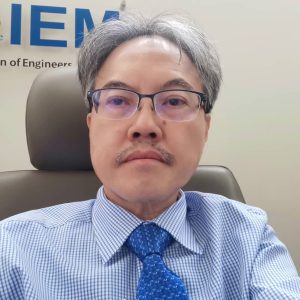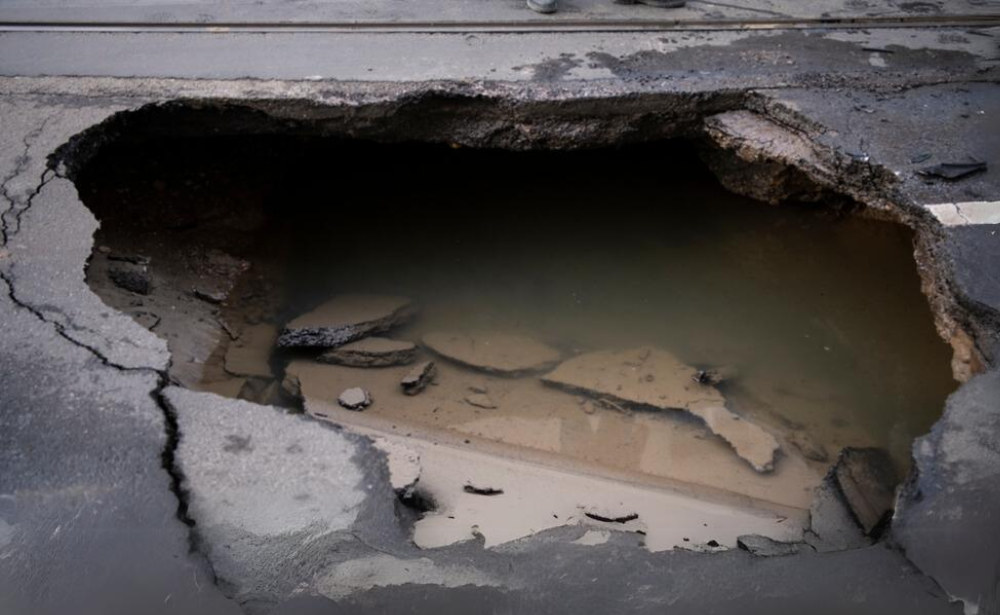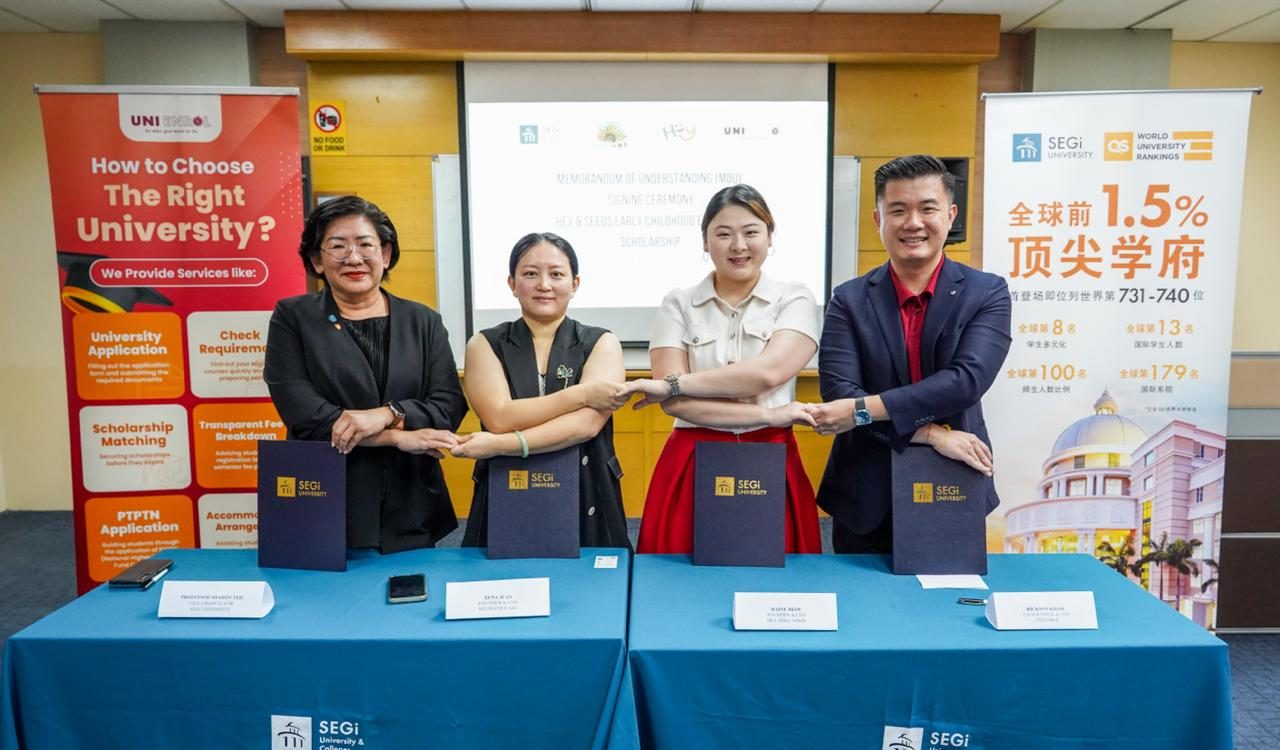导言
吉隆坡印度清真寺最近发生的天坑事件暴露了快速发展城市中城市基础设施的脆弱性。在石灰岩基岩地区,天坑继续构成重大威胁,因此了解其成因、即时应对措施和预防措施对城市安全至关重要。
城市地区水坑的成因和诱因
在吉隆坡等城市地区,天坑往往是自然和人为因素共同作用的结果。吉隆坡建在石灰岩的基础上,而石灰岩以容易被酸性地下水溶解而闻名。随着时间的推移,这一过程会产生地下空洞,最终可能坍塌,导致天坑。
此外,水在引发天坑方面的作用也不容忽视。雨水、管道泄漏和管理不善的排水系统都会造成土壤侵蚀,尤其是在前矿区,那里的地面本来就松散不稳定。钻探和挖掘等施工活动会进一步破坏地下结构的稳定性,增加坍塌的风险。水管或下水管道的故障也会造成土壤侵蚀,地下水管理不善会降低地下水位,导致地面下沉。
吉隆坡的采矿历史,加上其天然石灰岩基岩,使得这座城市特别容易出现天坑。
先进的检测技术
为防止此类事件的发生,目前已有先进的技术和工艺可在潜在的天坑发生之前对其进行检测。

作者简介
蒋庄麟教授
马来西亚工程师学会(IEM)主席,教授(土木工程)、
世纪大学工程建筑环境与资讯科技系
Jeffrey Chiang Choong Luin教授博士是土木工程领域中的杰出人物,目前担任马来西亚工程师学会(IEM)主席,并在世纪大学工程建筑环境与资讯科技学院担任教授一职。Jeffrey Chiang博士拥有多元化而辉煌的职业生涯,为学术界与专业工程领域作出了重大的贡献。他曾在ARUP Jururunding Sdn Bhd KL担任结构工程师、SIT巴生校园高级讲师、Monash大学双威校园土木工程讲师以及UTAR吉隆坡校园副教授。他也曾担任INTI国际大学尼来校区土木工程系教授兼系主任,以及世纪大学工程与建筑环境学院前任院长。Jeffrey Chiang博士曾担任多项重要职务,包括马来西亚标准委员会(Standards Malaysia)混凝土结构设计技术委员会(Technical Committee concrete structures design EC2)主席,以及国际工程与建筑学会(IEM)地震设计技术委员会(EC8)与风荷载设计技术委员会(Wind Load Design)前任主席。他的贡献还包括担任 IEM 土木与结构工程技术部前主席、IEM 前荣誉秘书、IEM 前荣誉财务主管以及 IEM 前副主席(主持公司事务/活动)。




